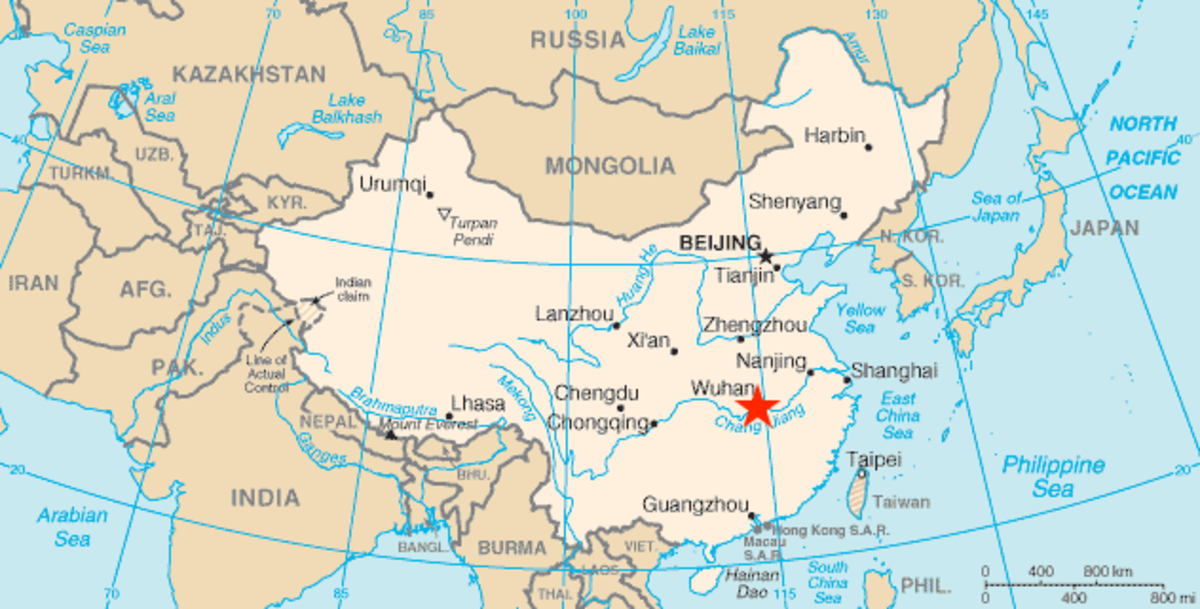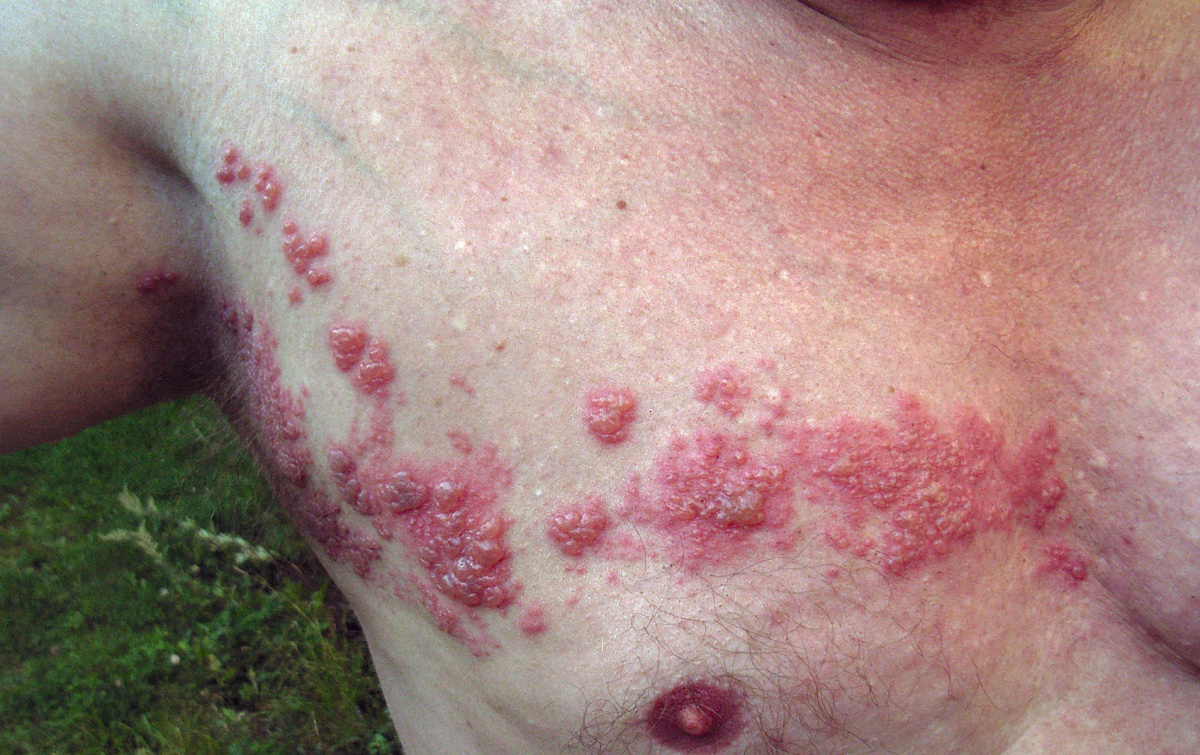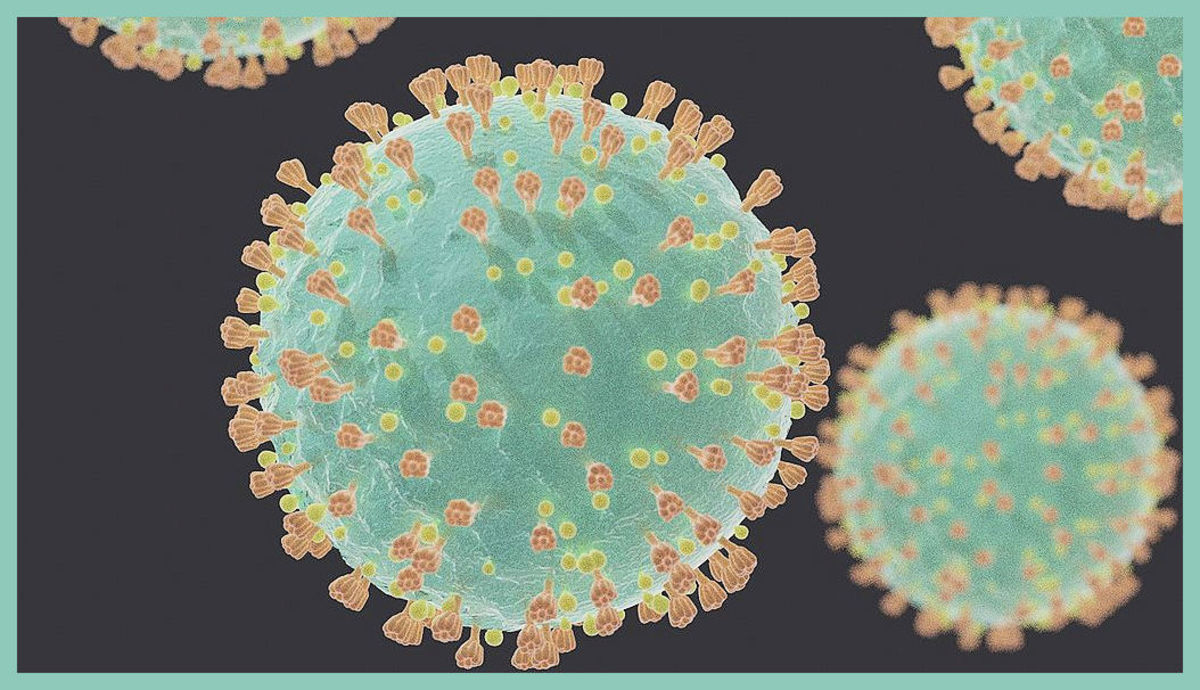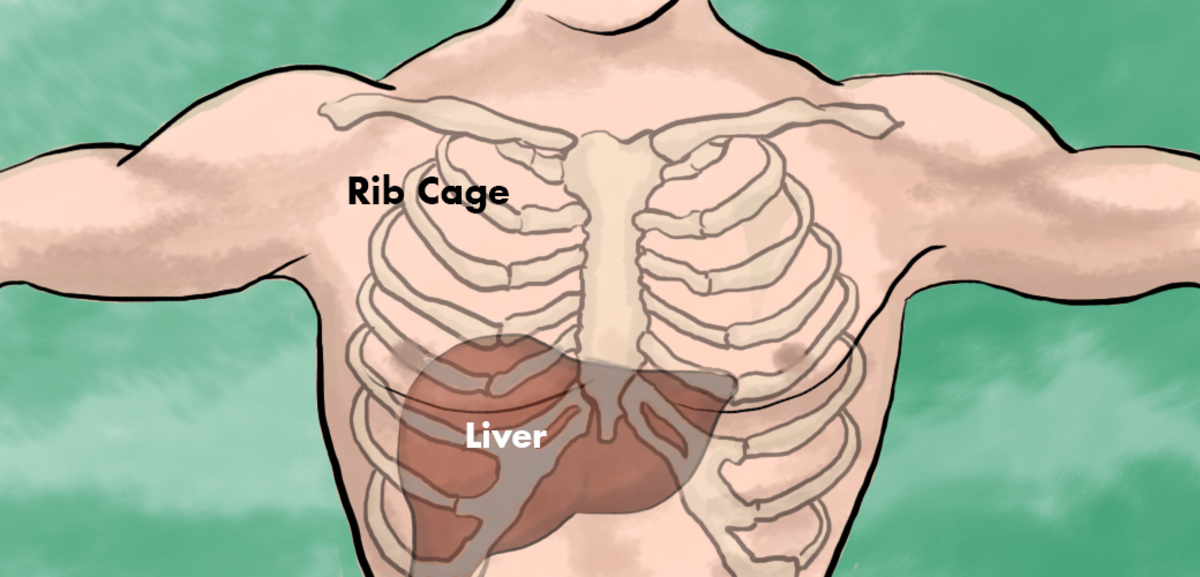The Horror of Ebola
The Virus

The horrific symptoms
The disease starts as something like the flu. In fact, those who get one of the deadliest diseases on the planet would probably not know that they have the disease for the first 24 hours. It starts with aching, sniffling, a headache. Shortly after that vomiting, diarrhea and a total loss of appetite follows, along with a fever, hiccups and a sort throat accompanied by chest pain. Nothing about that says Ebola at first.
From there, however, the nightmare begins. It is from that point that Ebola becomes the terror that we know.
First the eyes become red. Then, when the patient vomits, the vomit is filled with blood. The virus begins to attack the substance that holds organs, cells, the lining of the stomach, the very body itself together. As those cells die, as the organs die, they are forced out of the body. The sick person begins to bleed from the eyes, their pores, every opening imaginable.
Ebola can only be contracted through fluid transfer. It is not an airborne virus like the flu. Therefore, in the final phases, the virus is fighting to find a new host. Seizures often follow from the patient as their body is consumed from the inside out. Those seizures cause the patient to flail about, sending blood across the room, in hopes that it hits another person and that person becomes infected.
The final phases are beyond anything Hollywood has captures. The lining of the stomach sloughs off, sounding like a tearing bed sheet and is evacuated from the body. The organs turn to virtual liquid and the insides of Ebola victims look as if a bomb has gone off inside them. The patient dies from the fever, the seizures, or they literally bleed to death.
The beginning
The world had never heard of Ebola until 1976. To this day, no one knows for sure where the virus came from, but it first appeared in Zaire on the African continent. The first outbreak happened in the province of Yambuku in Zaire, on the Ebola river (where the disease gets its name). No one had ever seen anything like it and no one knew how to treat it. It has been reported that over 200 people died in that first outbreak. That first strain gained the name Ebola Zaire.
That same year a second strain of the virus appeared in Sudan. This virus was slightly weaker than Zaire, but it still killed 150 people. In both cases, the virus was contained and allowed to burn itself out.
The world knew, however, that a new virus had emerged. It was horrific, terribly contagious to those who got close to the victims and that made treating it particularly dangerous to healthcare workers. Samples of the virus were taken and studied in highly secure facilities in places like the United States.
From those first two outbreaks, from time to time the virus would rear its head. There was even a case that emerged in Reston, Virginia, that showed signs it might be airborne, but it ended up being a strain that affected only monkeys. The U.S. had dodged a major bullet.
Treatment

Treatment and Mortality
It is true that there is no cure for Ebola. The disease kills roughly 90% of those who get it. However, there are treatments that can increase the chances of someone surviving. If anyone develops symptoms in the early stages and they seek help, treatments can help. Drugs can be administered to alleviate the symptoms, stop the bleeding and maintain oxygen levels.
The lucky thing is that those who do manage to survive, recovery is often very quick. There are generally no lasting symptoms from the disease.
Almost too deadly
One of the things that actually ends up being beneficial for the rest of the world about Ebola is just how aggressive it is. Since it burns up victims so fast, if the outbreak can be contained, the virus uses up its "food" and then dies. The virus itself does not live long outside of the body, unlike the flue virus which can last for a long time on a door handle or grocery cart, Ebola dies fast once it is outside the body. That works in humanity's favor because you can cut off the viruses' food supply and stop an epidemic.
The other fortunate thing is that Ebola is not airborne. You have to touch bodily fluids of those infected. Thus, those not affected can stay away from those who are and remain free of the disease.
2014 Outbreak
The current Ebola outbreak began in Guinea in March of 2014. This was the first time the disease had been detected in that region. Health officials were caught off guard by that and procedures were not in place to contain the virus effectively. There were 157 confirmed cases and as many as 101 died from the disease. However, because containment procedures had not stopped people from traveling, the disease soon spread to neighboring countries.
These countries, such as Liberia, had been in civil war for decades. There was little to no government to control or help when the disease appeared. There was little to no healthcare or even proper hygiene levels. There were 14 deaths in Liberia and then six deaths in Sierra Leone. By the end of July, the World Health Organization said that the outbreak had gotten out of control and that there were more than 600 deaths from the disease.
Ebola treatments

Strains
There are at least three confirmed strains of Ebola. There is Ebola Zaire, Ebola Sudan and Ebola Reston. Reston affects only monkeys. There are other viruses that have symptoms similar to Ebola, one of them being Marburg, which is a hemorrhagic fever that appeared in some small German towns in the 60s.
It is thought that Ebola and Marburg may reside in bats, but so far there has been no confirmation of that. In some countries, such as those on the African continent, bats are consumed and that may spark outbreaks.







